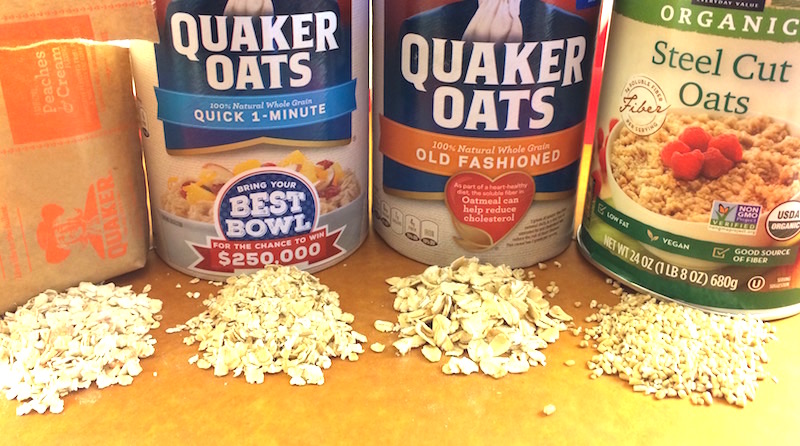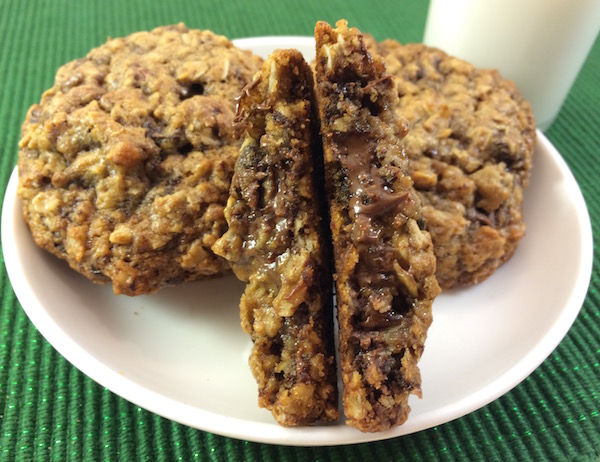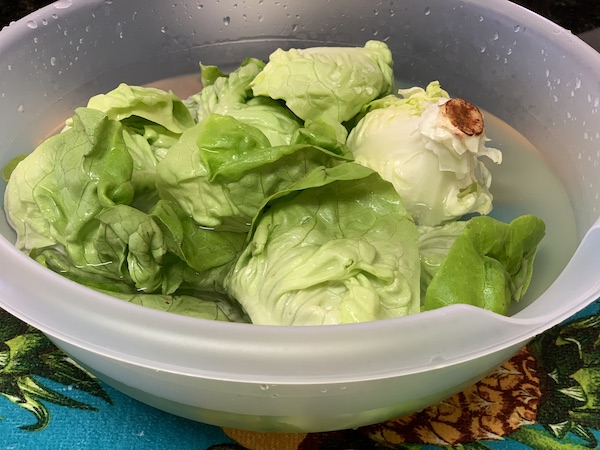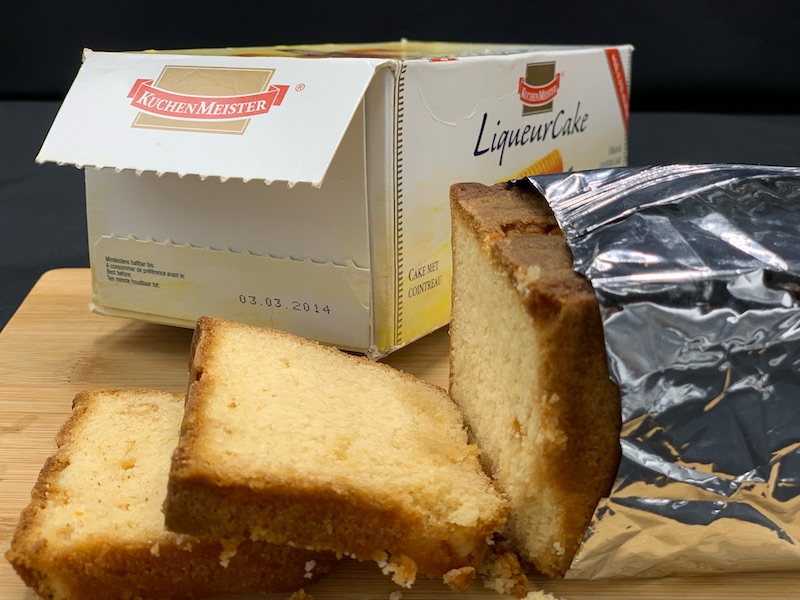Comparing Milk Products and Milk Alternatives
Regular whole milk “does a body good”, but what if you just can’t tolerate cow’s milk? Maybe you’re lactose intolerant, have chosen to be vegetarian, want to lose weight or whatever your reason there are now multiple options to choose from.
There are, of course, pros and cons with both different types of cow’s milk and each of the milk alternatives available. Starting with whole milk, lets give a quick run-down on what makes each form of milk unique and why one may be better for you that the other.

Background Info
Whole milk– Cows milk is an excellent source of protein, calcium, and vitamins D & K in a creamy texture but it is from the cow and does contain fat. There are varying degrees of milk fat with each one being a little thinner drink as more fat has been removed down to the very watery non-fat milk. Skim milk is actually proven to be the best for you in this category, it is nutritionally very similar to whol milk but contains no saturated fat and has more calcium per serving than whole milk. New studies show drinking skim milk helps you to keep from gaining weight.
Organic Milk – The difference in organic milk is that the cows which produce the milk are fed only organic feed and their pastures are pesticide free. Studies at Newcastle University in England have found that organic milks contain higher concentrations of both omega-3 fatty acids and antioxidants.
Raw Milk – Some stores carry raw milk, which comes from a cow but does not go through the pasteurization process that regular milk does to kill any existing bacteria. Thus, drinking raw milk leaves your susceptible to risk of serious food-born illnesses or death from such bacterial infections as E-coli, salmonella and listeria.
Soy milk – Soy Milk is a milk alternative that is totally plant based as it is made from soy beans and then mixed with water and a natural sweetener. Soy milk is cholesterol free and low in saturated fat. Although slightly thicker than regular milk it is dairy free so great for those with milk allergies or people who are lactose intolerant. That’s all good, but the con is that soy milk is lacking in protein when compared to regular milk (but it has the most protein of all the other milk alternatives) and the flavored soy milk is has even less protein than the unflavored (because the flavoring reduces the protein per ounce content).
Almond milk – Almond Milk is made by blending roasted almonds and then adding in nutrients (vitamins D & E and calcium). Almond milk is fat free, cholesterol free, lactose free and has just 60 calories in a cup (if unsweetened). This milk alternative also has a nutty sweet flavor that compliments many foods, especially for breakfast. The only downfall with almond milk is that it doesn’t really contain much protein since it is only about two percent nuts and the rest is basically water.
Rice milk – Rice Milk is the best milk alternative option for anyone with allergies to all the others as it’s the least likely to trigger an allergy. Rice milk is made of refined rice and water and not much of anything else – as in no saturated fat, no cholesterol, no flavor (although it is available with different flavors added) and almost no protein. Rice milk is the easiest to digest alternative, but it is high in sugars.
More on Milk Alternatives
Another good thing about milk alternatives is that most are produced into aseptic containers which are shelf stable and can be kept in the pantry until opened. Once opened, they must be stored in the fridge and used just like regular cow’s milk. Milk does do a body good, but which milk that happens to be is often up to your body to decide.










